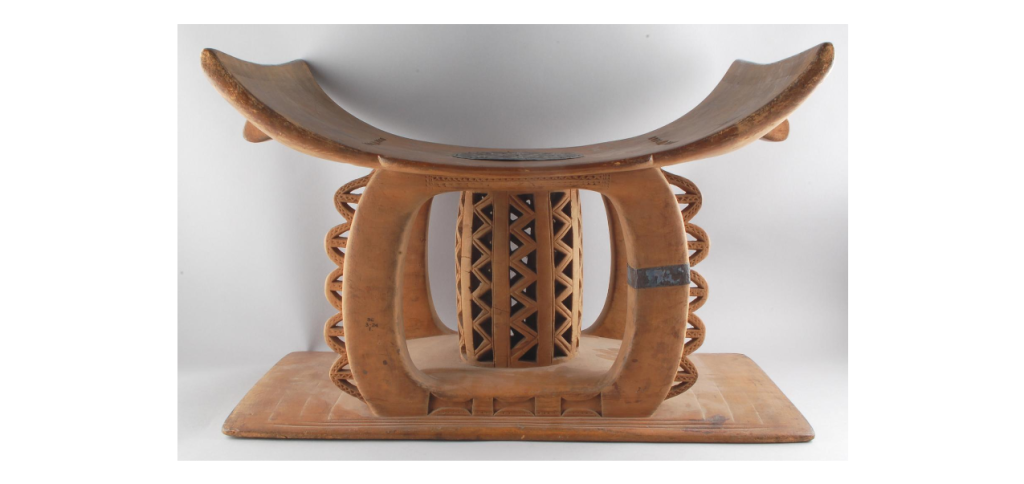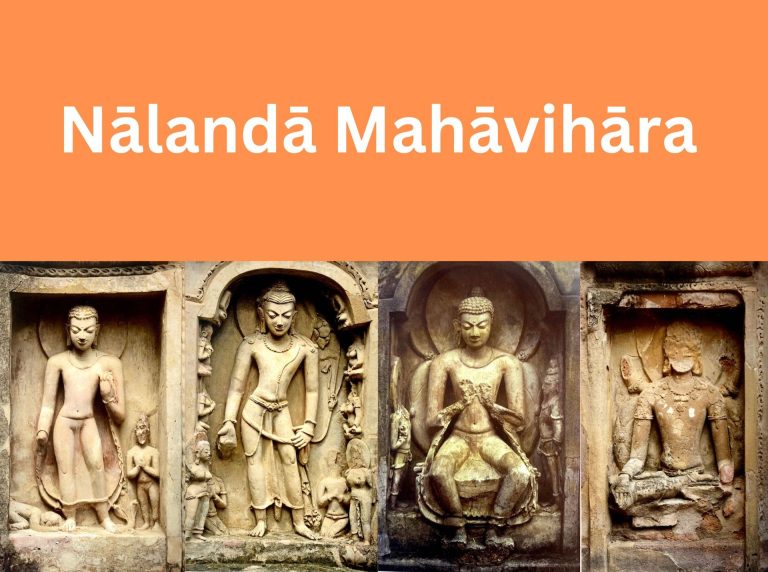Functionality /fʌŋkʃəˈnaləti/
Functionality
/fʌŋkʃəˈnaləti/
The quality of being suited to serve a purpose well; practicality.
Functionality always came first. Style was a close second but functionality was always first. We used benches to separate us from ground-dwelling critters. Then we brought them to our front yards because of, well, the way its design complimented our gardens. Functionality and style go hand and hand when it comes to indigenous furniture.
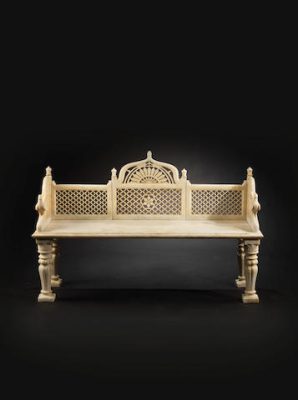
Throughout this exhibit, I take you along my journey of understanding the relationship between funtionality, style, and Indian indigenous furniture. This is through the eyes of an African American woman. So, I am taking my own experiences and my own relationship with my culture to apply to these indigenous furniture pieces. These pieces were specifically chosen because of either my curiosity or parallelism to my own heritage. Take note of how quickly ignorance sheds once we have taken the time to actually understand each other. We should all go about our days doing it more often.
Functionality always came first. Style was a close second but functionality was always first. We used benches to separate us from ground-dwelling critters. Then we brought them to our front yards because of, well, the way its design complimented our gardens. Functionality and style go hand and hand when it comes to indigenous furniture.

Throughout this exhibit, I take you along my journey of understanding the relationship between funtionality, style, and Indian furniture. This is through the eyes of an African American woman. So, I am taking my own experiences and my own relationship with my culture to apply to these indigenous furniture pieces. These pieces were specifically chosen because of either my curiosity or parallelism to my own heritage. Take note of how quickly ignorance sheds once we have taken the time to actually understand each other. We should all go about our days doing it more often.
Dhurries
Description: Dhurries or durries are consistent of cotton, wool, jute, and silk. They are hand-woven and very thin. They may have multiple purposes, they can simply add personality to a household, protect the floor, or sitting amongst loved ones. This is some of the earliest forms of sitting items available in India.
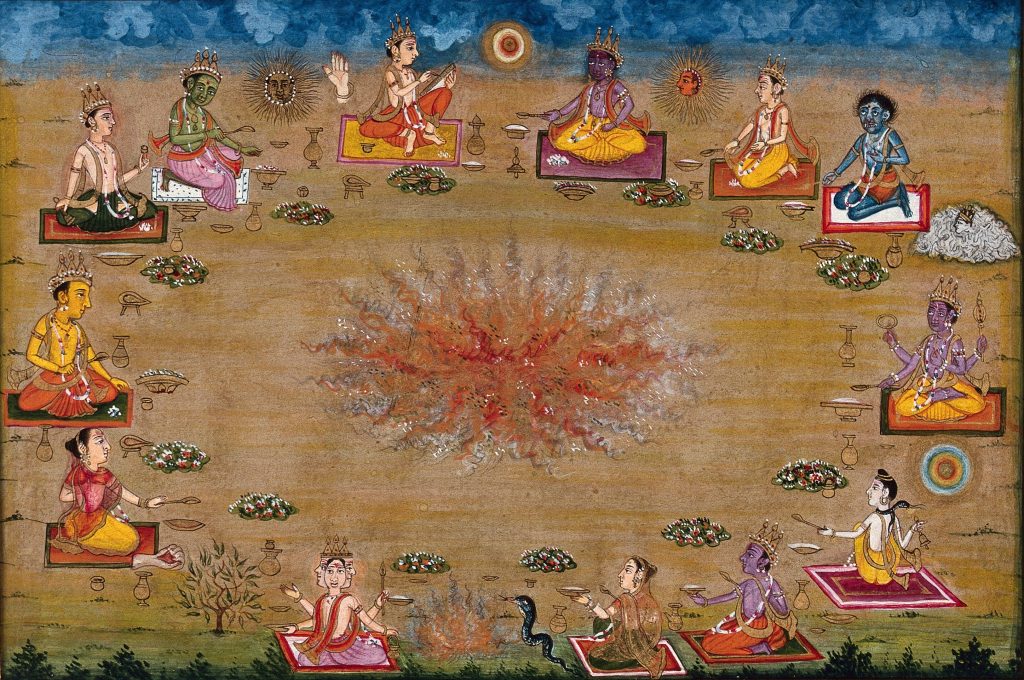
I always knew floor seating was a very popular practice in India. I’d see people crossed legged and their backs in great alignment, feeling the direct pull of gravity. As a black american, I am no stranger to communal sitting. We may participate in communal sitting in prayer, festivities, and dining. Though, not often does this happen on the ground (perhaps, it may occur in spiritual settings) in African-American communities, the intention is quite similar.
When I first saw the word ‘durries’ it reminded me of the word derriere. I assumed durries might have something to do with sitting on your backend and luckily enough I was right.

Featured Items:
Hookah
Bolster
The color combination of pink and green stood out to me because goes against America’s perception of what heteronormative masculinity looks like. So, when I would think of a raja I would not picture them in the likes of pink and green. It shows me that India’s relationship with masculinity has polarity to America’s relationship with masculinity. Even in the position, he sits upon the durrie, it’s very progressive.
Rajasana
Description: Rajasana means king’s throne. One of the earliest examples of a throne that can found is the throne of Rao Setaram. Structurally, it was similar to what we know today’s regular chair. Asana refers to the seating postion. Elevated seating came in many forms.
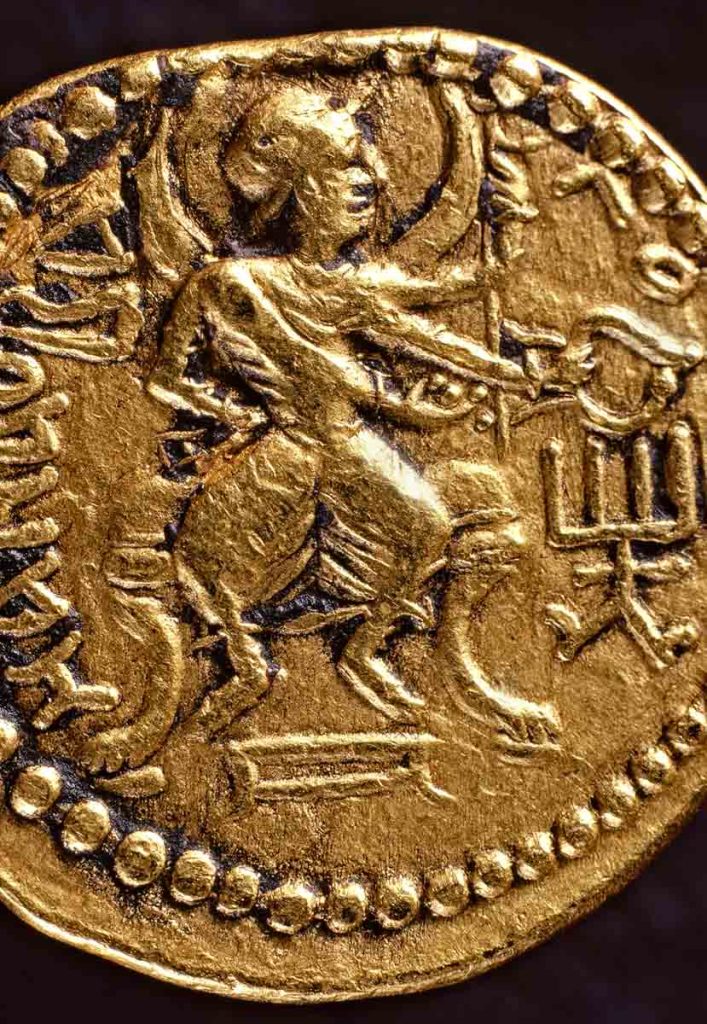
To me, this merely looked like a man with many arms. He seems to be sitting in a chair with some sort of symbol under his feet. After further inspection, I was a little incorrect. This is Manaobago the God of power and might. In this coin, he is actually sitting on a throne with a foot-rest underneath him. He’s holding arrow and tongs to represent militancy. I love the symbolism and with the many gods of the Hindu religion. Similar to the stories involved in the Baptist religion, we can find a little bit of ourselves in all of them.
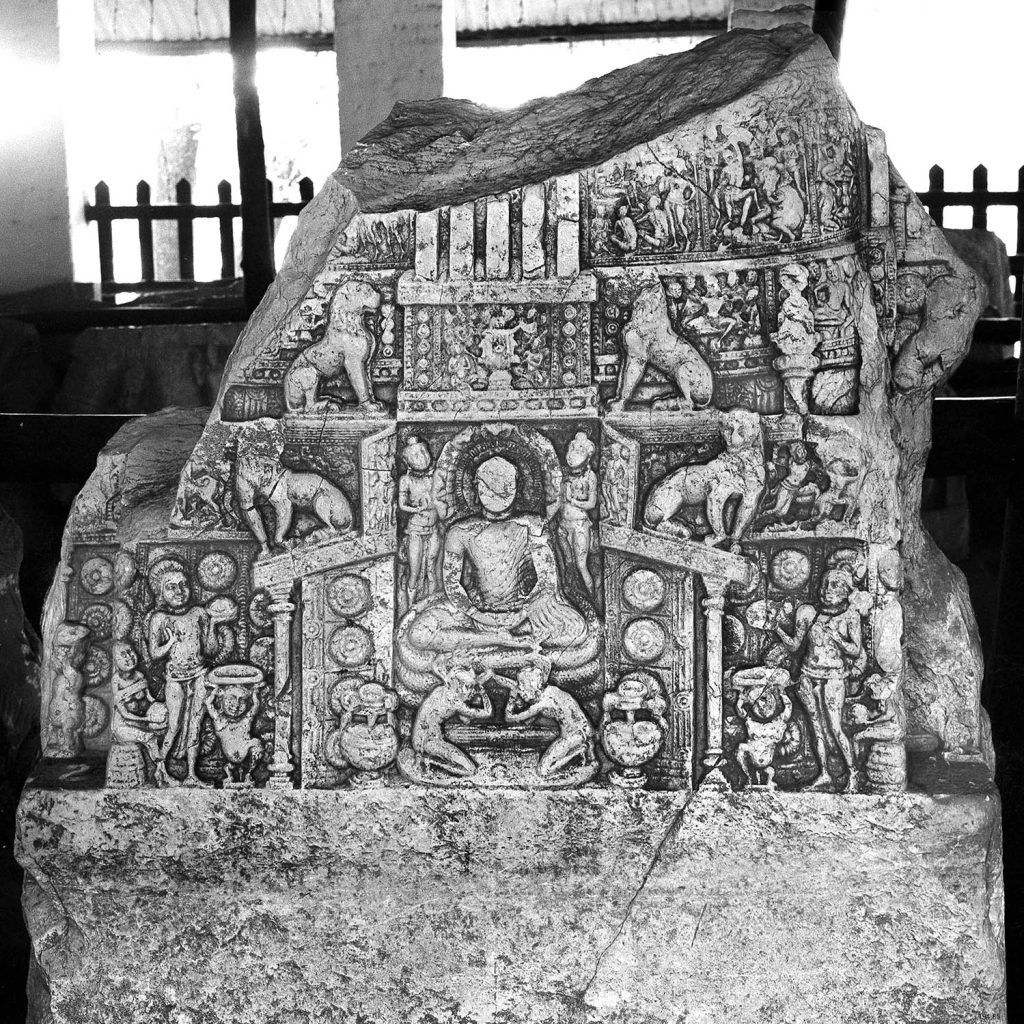
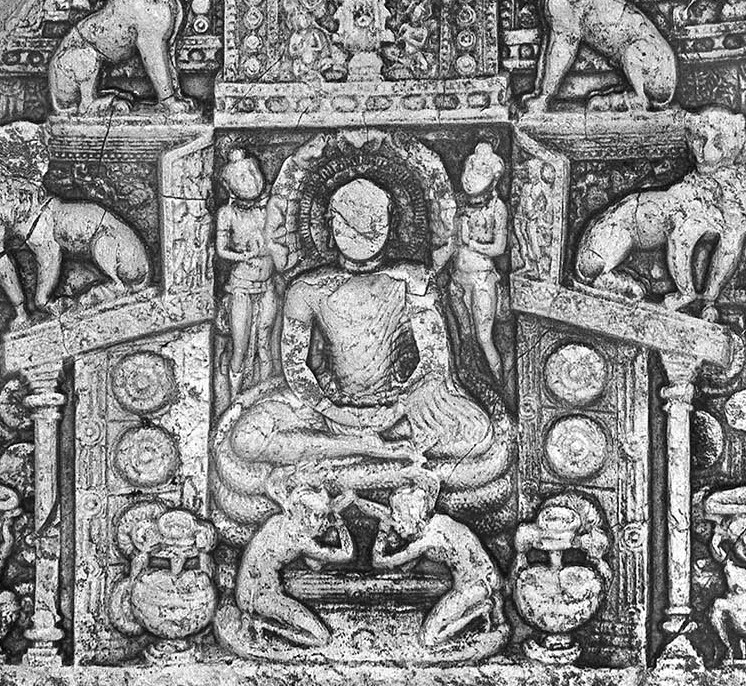
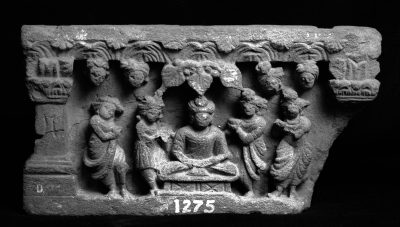
Offering of four bowls, Chandigarh Museum, Chandigarh, Punjab, India,100-299 CE, Blue schist, 17 x 32 cm, Pakistan, Photo Credit: American Institue of Indian Studies, 51229
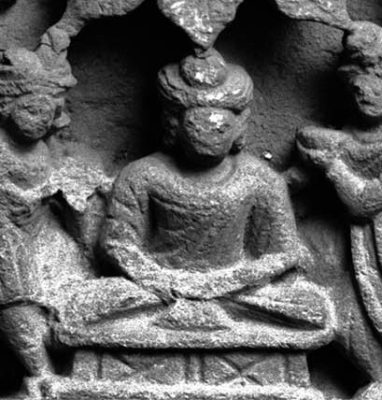
Offering of four bowls, Chandigarh Museum, Chandigarh, Punjab, India,100-299 CE, Blue schist, 17 x 32 cm, Pakistan, Photo Credit: American Institue of Indian Studies, 51229
Patla
Description: low seating that is generally present in various religious ceremonies and rituals in India.
Close-up
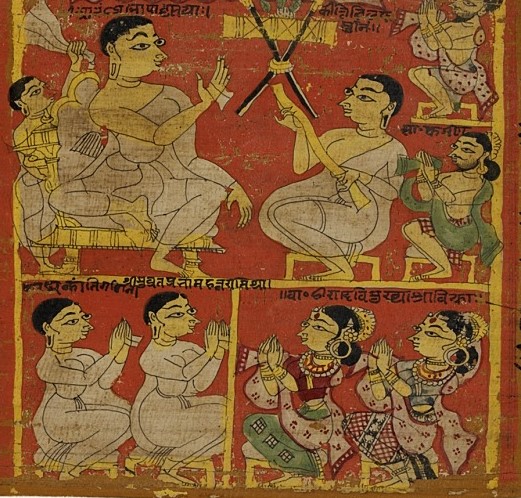
Featured items:
Chowrie
Sinhaasan
It seems like there is some sort of ceremony happening in this scene. The people seem very happy in whatever they are partaking in.
~
They are partaking in the Worship of
Parshvanatha. He is a Tirthankaras who has a serpent hood over his head. The worship will usually include Dharanendra and Padmavati.

The Siddhahemashabdanushasana, Gujarat, India, 1350, Ink And Opaque, 6.35×5.72cm, Los Angeles County Museum of Art, Los Angeles, United States of America, M.88.62.2
I can imagine my aunties would give laughable remarks in AAVE regarding how their back hurt sitting down in a patla. My culture has grown to build a strong relationship with comfortability and what it means to them. As we all know, comfort comes in different shades. However, my ancestors had a variation of the patla called asesedwa. My father has one, not for sitting but to place his books. Below I have attached a photo of the stool I am referencing below. After learning the context of the history I learned patlas might be used ceremoniously, giving a more appreciative outlook on the item.
I can imagine my aunties would give laughable remarks in AAVE regarding how their back hurt sitting down in a patla. My culture has grown to build a strong relationship with comfortability. However, my ancestors had a variation of the patla called asesedwa. My father used one, not for sitting but to place his books. Below I have attached a photo of the stool I am referencing below. After learning the context of the history I learned patlas might be used ceremoniously, giving a more appreciative outlook on the item.

New Perspective
Ancient Vedic texts talk about the earliest form of sitting. I did not realize its parallelism with yoga. The alignment of the back, the crossing of the legs, and the overall posture of the body comes from the yoga practice.
Palanquin
Description: It is a large box with enough space for one passenger. There are two horizontal poles and there are usually 4 to 6 people bearing it. They can be traced back to Ramayana.


Palanquins have been a long time component in both African and African-American culture. So, I have become acquainted with palanquins. I know they are reserved for those of affluence. Often in African American funerals, we have coffins with long horizontal poles (similar to palanquins) and they are carried at the shoulder of the bearers.
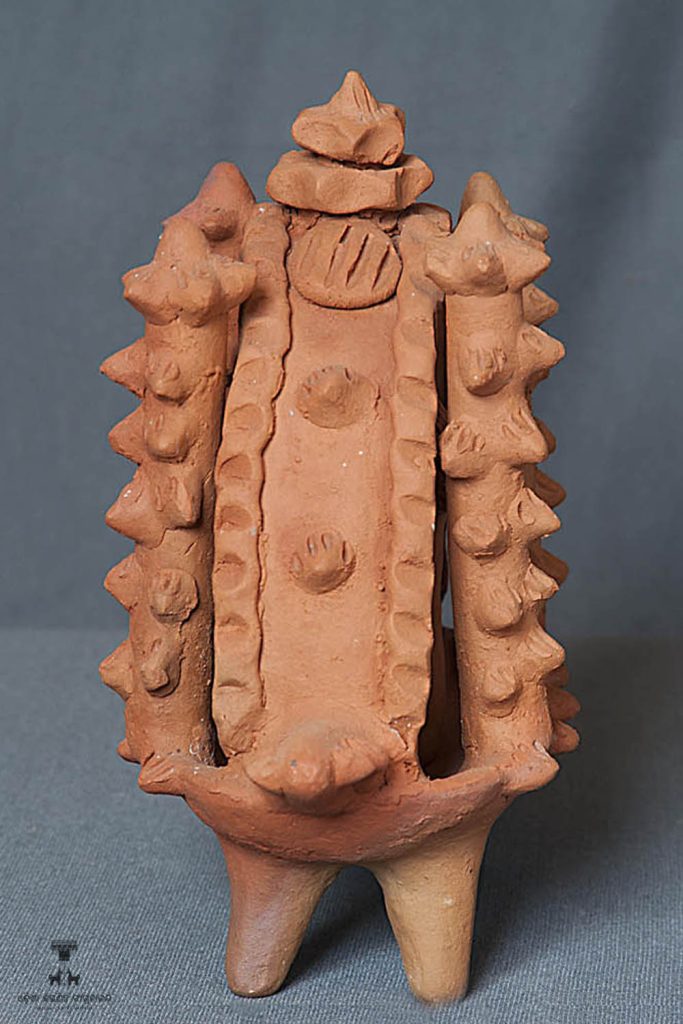
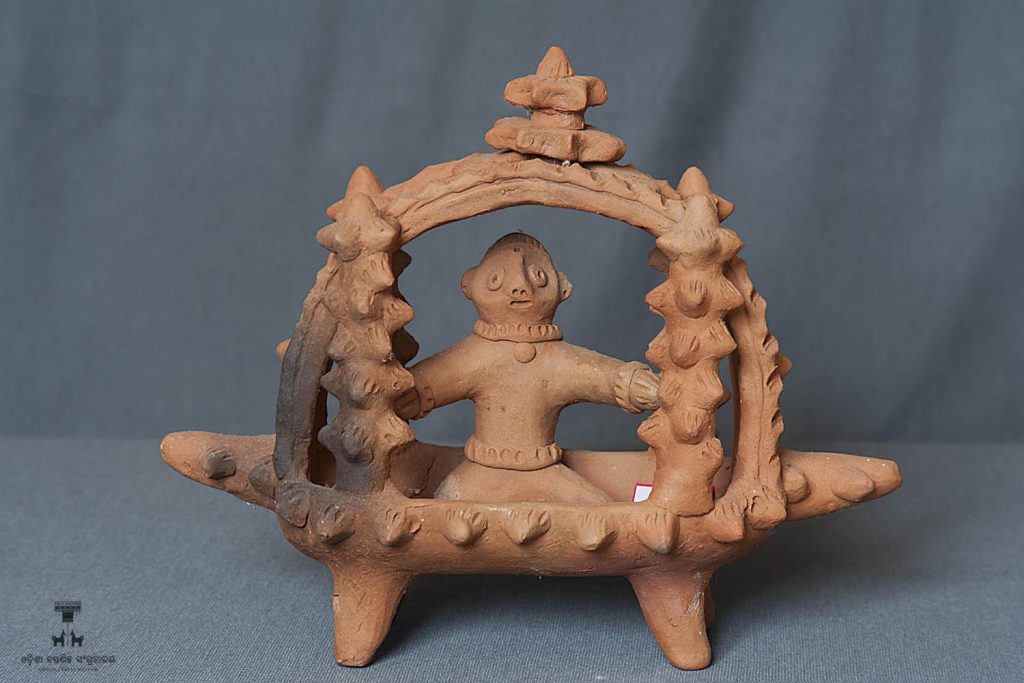
This piece is structurally similar to the structure of some classical African sculptures. Take Nok art for reference, the simplistic build and the effective expression, it is quite similar. For your convenience, I have attached a picture of Nok art below.

Jhoola or Hindolas
Description: Jhoolas or hindolas are swings.
Description: Jhoolas or hindolas are swings.
Hindola Raga, Varanasi (Banares), Banaras Hindu University, Bharat Kala Bhavan, India, ca 1650 CE, opaque watercolor, 16.7×19.2 cm, Regents of the University of Michigan, Department of the History of Art, Visual Resources Collections, ACSAA_03924

Featured items:
Chowrie
Veena
I see a celebration of some sort. Recently, I have learned of Krishna. I have spotted him. I’m not sure who the woman is but she is beautiful. It seems Krishna and the woman have a romantic relationship. The people seem to be in celebration of the couple.
~
Now that I have context, I can assume this is the Jhulan Festival. This festival celebrates the love and friendship of Krishna and Radha. Radha is a Hindu goddess and a chief consort of the god Krishna
Charpai
Description: Four-legged couch with multiple uses. Uses such as seating multiple people and sleeping.

Featured items:
Chowries
Bolsters
Charpai seems to be a social item as well. It’s used to converse, discuss, and connect.
~
Char means four and pai mean leg. So, charpai is a very fitting title for this vernacular piece.
Featured items:
Bolsters
Chandava
I was taught by my mentor that this is a ragamala painting. Instead of sheet music, ragamala paintings depict musical modes. I think this is a beautiful and effective way to express music.

I was taught by my mentor that this is a ragamala painting. Instead of sheet music, ragamala paintings depict musical modes. I think this is a beautiful and effective way to express music.
Chandava
Description: A flat tent, shamiana or canopy that is commonly used for outdoor events.
Description: A flat tent, shamiana or canopy that is commonly used for outdoor events.
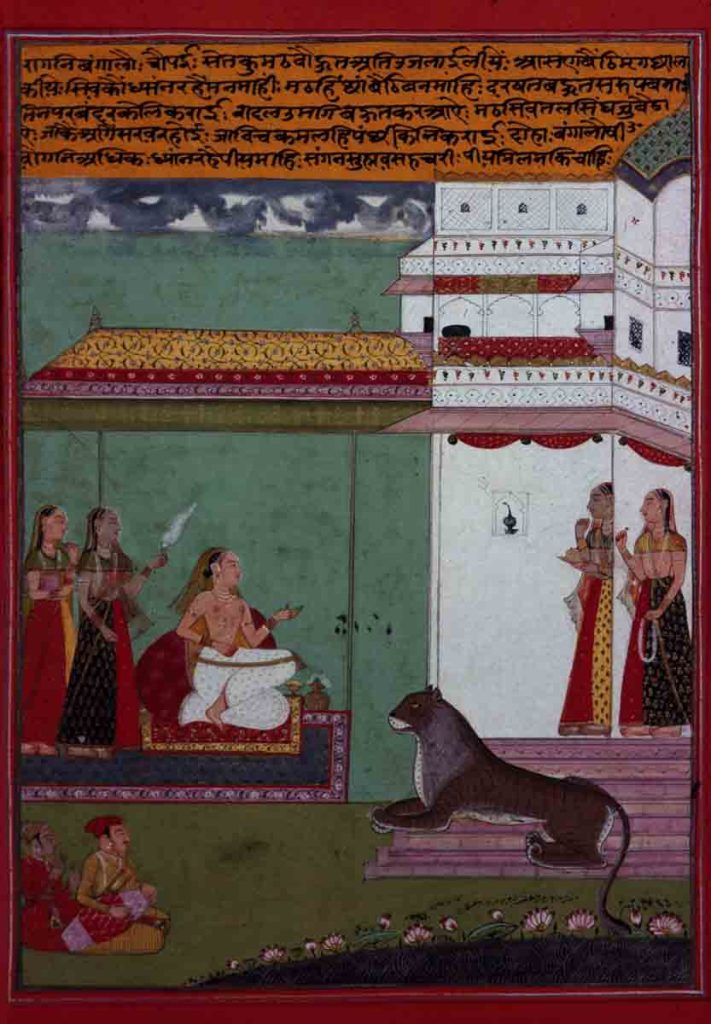
Featured items:
Chowries
Bolsters
At this point in my journey, I can identify Shiva in the form of a feline animal guarding a temple. Then, on the left, we have a man of high stature praying under a shamiana. In this ragamala, we can see Shiva’s complete dedication to the temple’s security.
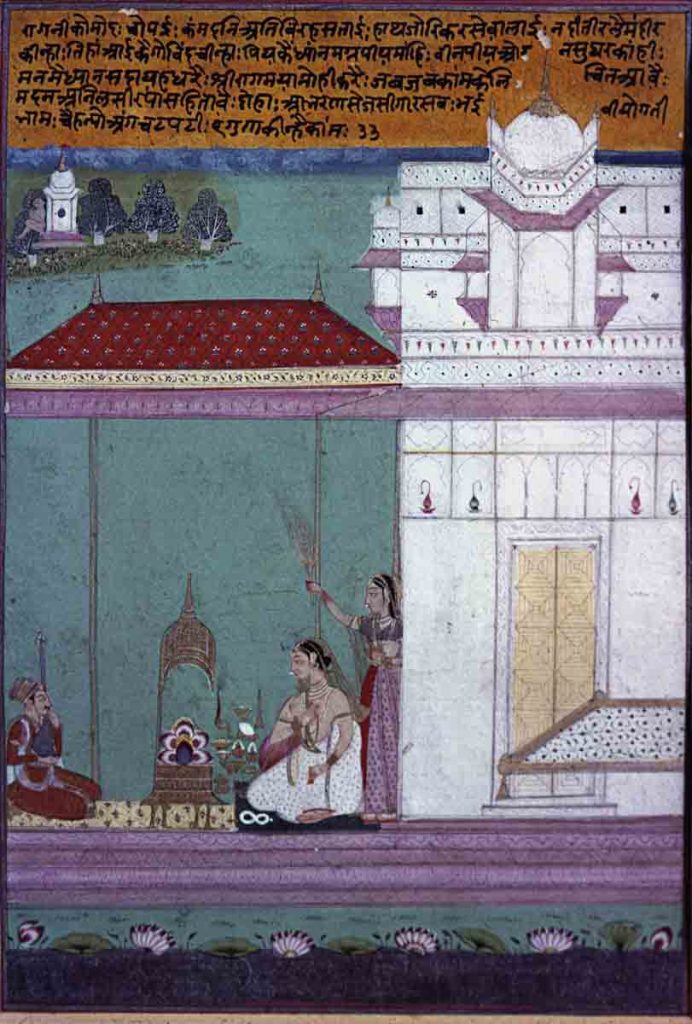
Featured items:
Chowries
Bolsters
I recognized the shiva linga. An item that was identified to me by Stuti Gandhi. It represents the male and female reproductive organs in a blissful state. It is an expression of the god Shiva.
Bolsters
Description: Bolsters are bulbous ovoid-shaped pillows that are typically seen on top of carpets or rugs. It may be used as another form of seating, a backrest, or an armrest. They were very common during the 16th-century Mughal period as they were often shown in Mughal paintings.
Featured items:
Chandava
Kaaleen
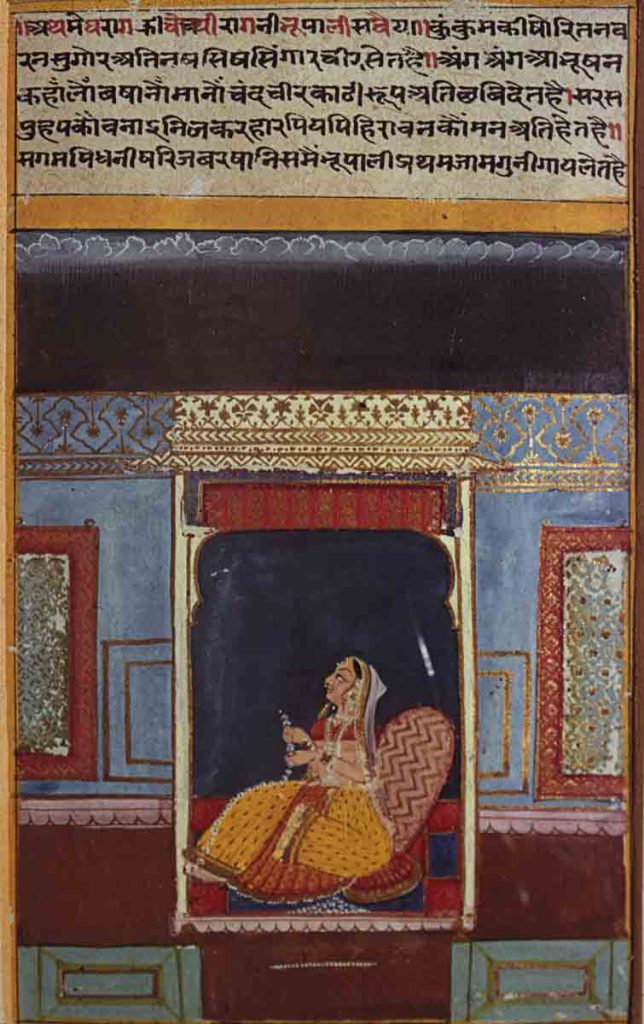

Featured items:
Chandava
Durrie
Charpai
Kaaleen
I see sadness in the woman using the bolster as back support. She also seems to be reading some sort of letter or gift. Indigenous furniture can also be used as emotional support. When we use indigenous furniture we are transferring our energy into the item. Whatever emotion that may be and it is taking some of the weight off.There have been many times I have sunken into the plushness of my mother’s sofa and asked it to take some of my burdens.
~
According to the National Museum of Asian Art, this painting, Dhanasri Ragini, represents the emotion of longing for a lost love. The woman is drawing a portrait of her long-lost lover and not reading a letter.
Howdah
Description: A seat for riding on the back of an animal such as an elephant or camel. It typically has some sort of canopy or a chhatra.

In African culture, howdahs are also used ride on elephants. I grew up seeing pictures of howdahs, however, I never knew the terminology for the item. Similar to Indian howdahs, they are usually intricately decorated.
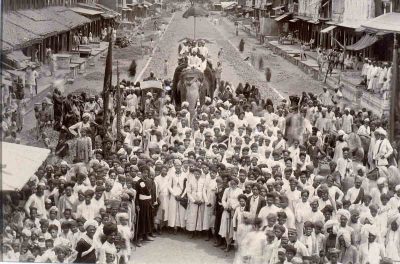
Crowd of Officials and Towns-People Pose in Front of Elephant with Crowded Howdah, India, ca 1800-1899 ce, American Institute of Indian Studies,15088
Featured items:
Chhatra
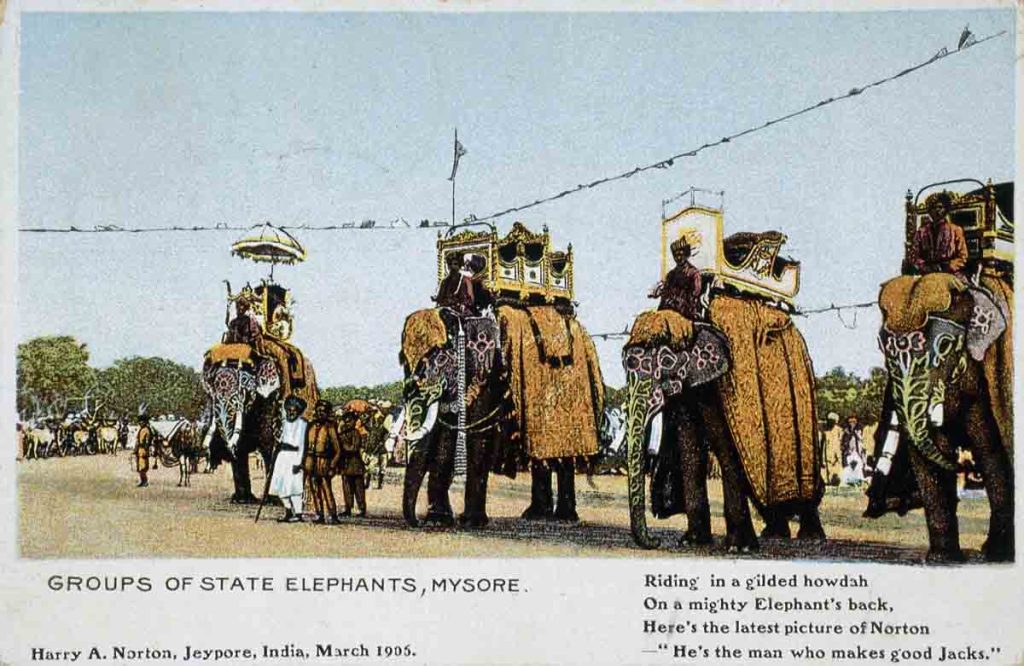
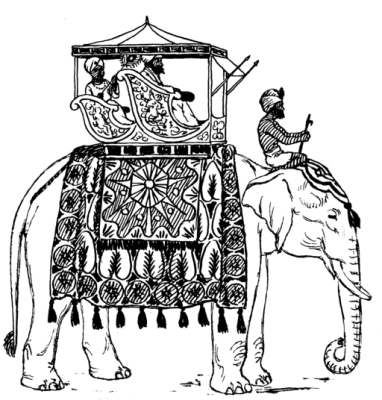
Indian howdah in ivory and richly wrought silk, India, 1852, 16 x 10 cm, The Miriam and Ira D. Wallach Division of Art, Prints and Photographs: Picture Collection, New York, United States, 822562

Raja of Tranvancore’s elephants,India, 1841, Drawing, 976 x 695 Pixel, British Library, 182331
Puja Khatuli
Description: Low table.
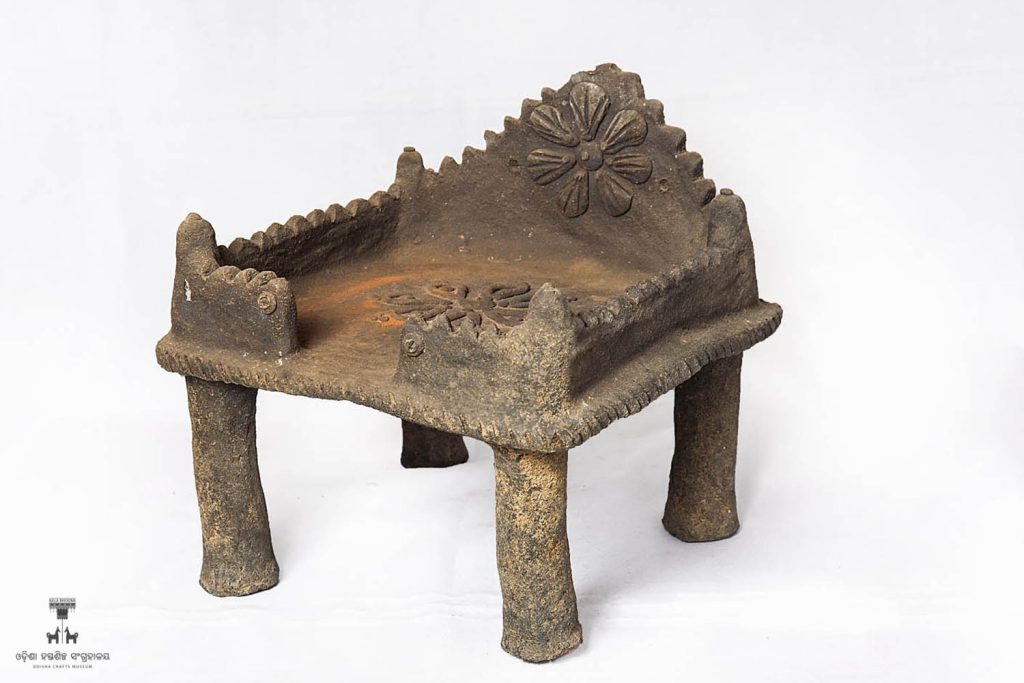
In African and African American culture, we use a small table similar to this to place decorative items. Sometimes, the items are religion or spirituality related.
~
Now that I have gained context, I know that puja khatuli is used to place the idols of deities or a mandir or mini temple for placing idols. The honorization of religious figures is very abundant in my culture as well.
Baroque/Ornamental Furniture
Description: Ornamental or baroque furniture became popular with the arrival of the Portuguese and the Dutch in the 16th and 17th centuries. It is identified through broken pediments, twisted columns, heavy moldings, and grandeur.
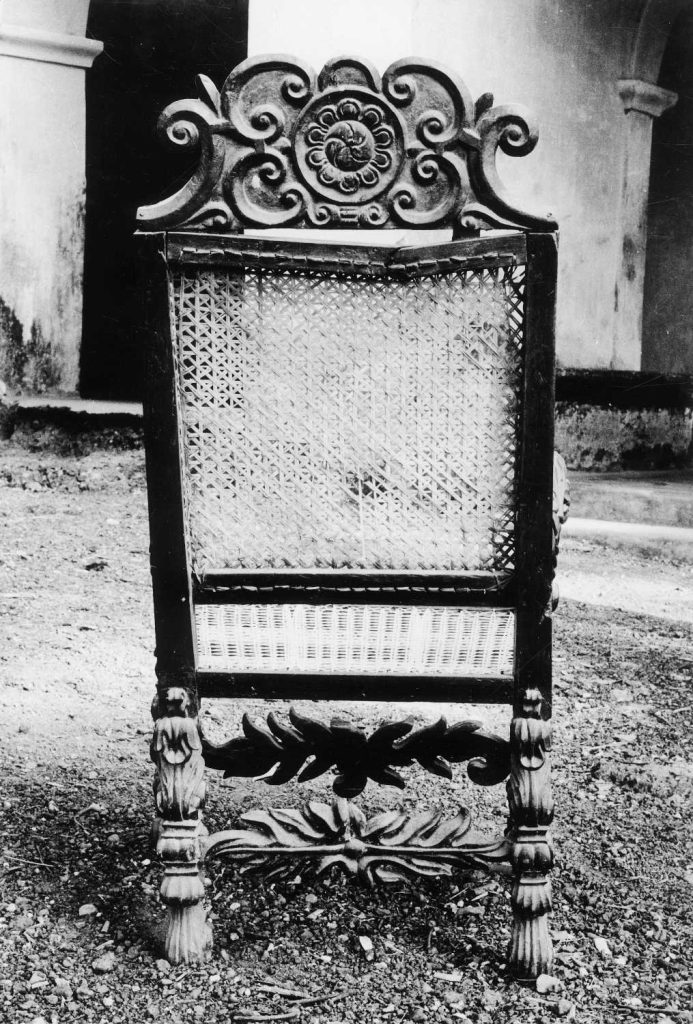

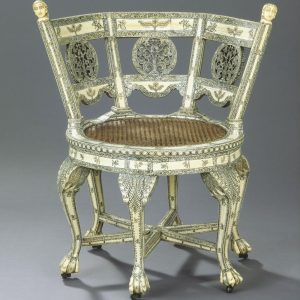


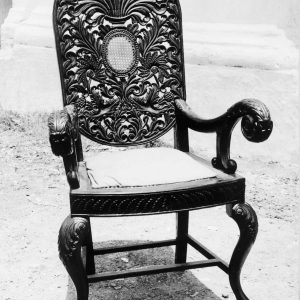
Woven chairs are also an important characteristic of black culture. They could be made with fishing net on a metal frame or bamboo. Below, I have attached a photo reference of a black family updating woven chairs. This photo is by Ouida F Taylor.

New Perspective
Throughout these past 8 weeks, I have been able to experience new things and new people that made the small city girl in me proud. I didn’t feel so homesick seeing woven chairs, similar to the ones that sit on great Uncle Coot’s porch. As well as, seeing panchachuli weave in parallelism to kente textiles. We are not all so different. Through our adversities and tough times, we have created furniture items vital to our respective cultures. Who knows what more could be made when we take a seat in the kursee of another.

